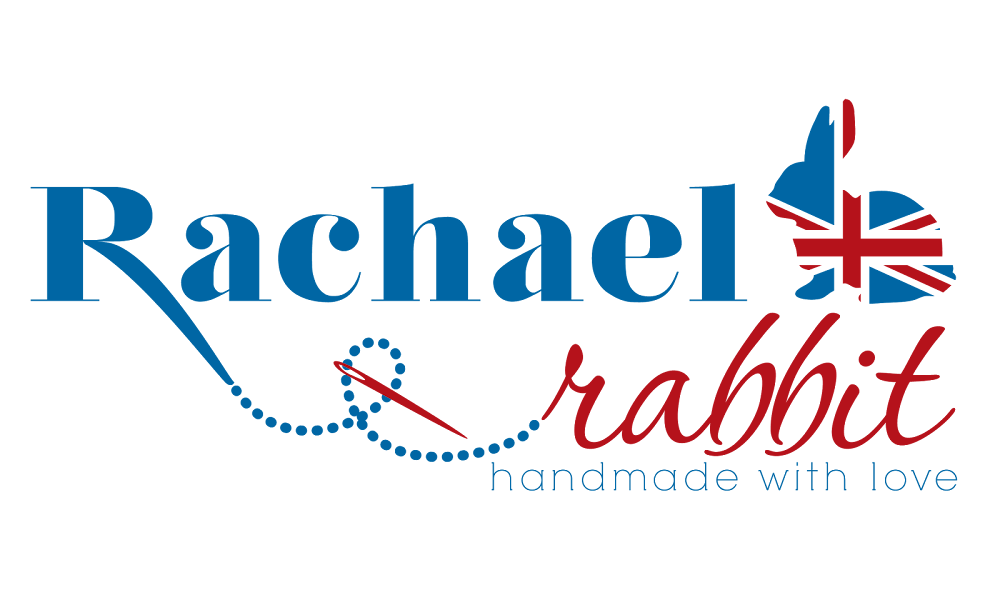Here a tutorial on two machine piecing techniques. Simple Machine Piecing shows you how to make a simple single strip for quilt borders etc. Chain Assembly assembly allows you to make larger quilted pieces very quickly.
NOTES:
1) Cutting your pieces accurately is a really important part of making your quilt. If your pieces are not cut to the correct size to begin with - your quilt/pattern will not fit together as you have planned.
2) I prefer to press the chains as I go. Iron the back of the chain first, ensuring all the seams are ironed in the same direction. Then iron from the front to make sure there are no puckers or pleats along seams.
SIMPLE MACHINE PIECING (for a single quilted strip)
You can make a quilted strip for quilt borders etc very quickly using this technique.
Step 1: Design, cut and lay out your quilt border/strip.
 Step 2:
Step 2: Starting at the top of the border/strip stack your pieces into a pile. Be careful to stack them in order!
 Step 3:
Step 3: Take the first two squares from the stack. Place them right sides together and sew a seam on the right hand edge. DO NOT REMOVE THE SEWN SQUARES FROM THE MACHINE. Then take the next two squares from the stack, place them right sides together and feed them into the machine following your first two squares.

Continue this process until you have reached the end of your stack.
 Sew squares together in a chain
Sew squares together in a chain
Step 5: Stack your pairs - ensuring to keep them in order ...

... and take the first two pairs right sides together and sew a seam on the right hand edge. DO NOT REMOVE THE SEWN SQUARES FROM THE MACHINE. Then take the next two pairs from the stack, place them right sides together and feed them into the machine following your first two squares. Continue this process until you have reached the end of your stack.
 Sew pairs together in a chain
Sew pairs together in a chainStep 6: Snip the threads between the squares and continue as above until you have reached the desired length for your border.
 Continue to sew chains of squares together
Continue to sew chains of squares togetherRemember to press your squares ensuring the seams are lying in the same direction.

(for larger areas)
Using this method you will be able to assemble your quilt in a very neat and speedy manner.
Step 1: Design, cut and lay out your quilt.
 Step 2:
Step 2: Starting at the top of each row stack your pieces into piles. Be careful to stack them in order.

 Step 3:
Step 3: Take the first two squares from the top of stacks Row1 and Row2. Place them right sides together and sew a seam on the right hand edge. DO NOT REMOVE THE SEWN SQUARES FROM THE MACHINE. Then take the next two squares from Row1 and Row2. Place them right sides together and feed them into the machine following your first two squares.

Continue this process until you have reached the end of Row1 & Row2. Remove the chain from the machine but DO NOT CUT ANY CONNECTING THREADS between the pairs of squares.
 Sew rows 1&2 together in a chain
Sew rows 1&2 together in a chainStep 4: Go back to the top of your chain and begin to add the pieces from Row3 in the same manner. Remove from the machine but DO NOT CUT ANY CONNECTING THREADS.

 Add Row 3 to the chain
Add Row 3 to the chain Continue until you have all the squares for Rows 3 & 4 in place. Remove from the machine but DO NOT CUT ANY CONNECTING THREADS.
Step 5: Sew your vertical chains together.

 Sew your vertical strips together
Sew your vertical strips together Once all your chains are sewn together press - ensuring your seams are lying in the same direction.


 ... and if I start over again - how do I start? Bigger needles? Bigger size?
... and if I start over again - how do I start? Bigger needles? Bigger size? Maybe using my own choice of yarn was a mistake ...
Maybe using my own choice of yarn was a mistake ... Maybe I knit super tight (I think I do) ...
Maybe I knit super tight (I think I do) ... Maybe I should just stay clear of trying to make clothes (maybe I'm wimping out too soon) ...
Maybe I should just stay clear of trying to make clothes (maybe I'm wimping out too soon) ... Or maybe it is the reason why hand knitted things are so special and unique - they all turn out a little different?
Or maybe it is the reason why hand knitted things are so special and unique - they all turn out a little different? Do you just learn how your knitting style will change a pattern? Or will I have these endless debates with myself for ever more ...
Do you just learn how your knitting style will change a pattern? Or will I have these endless debates with myself for ever more ...


































